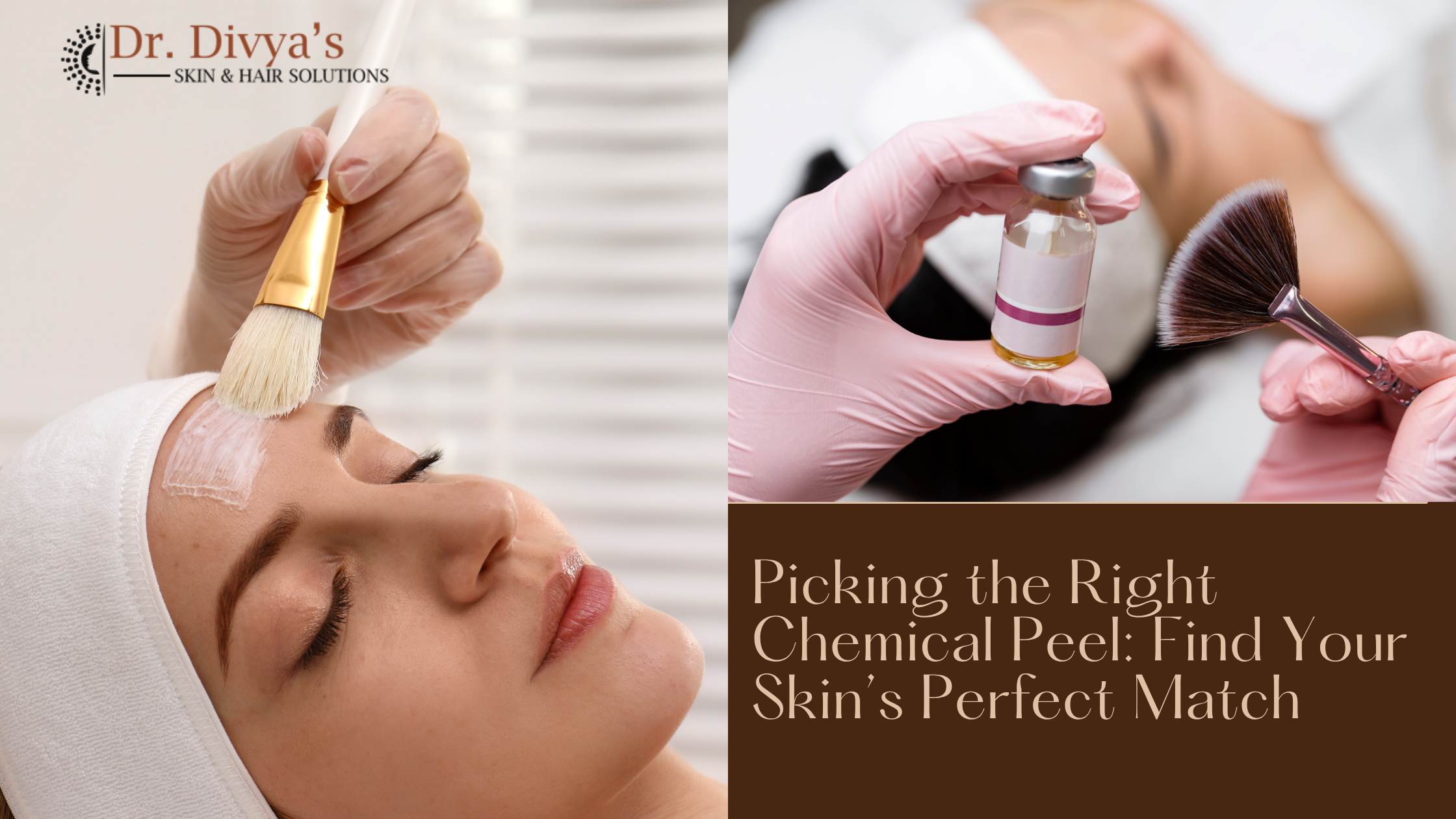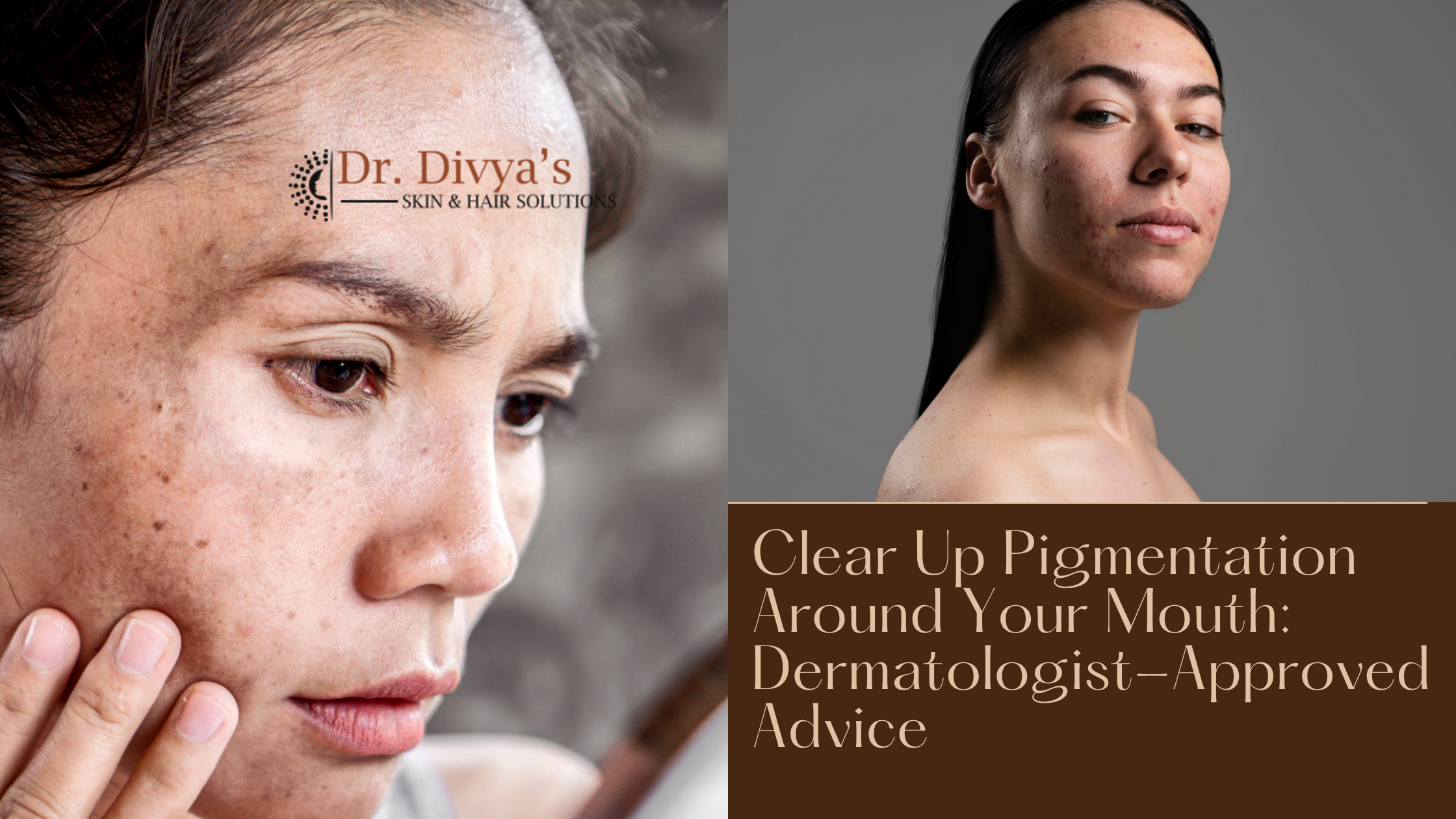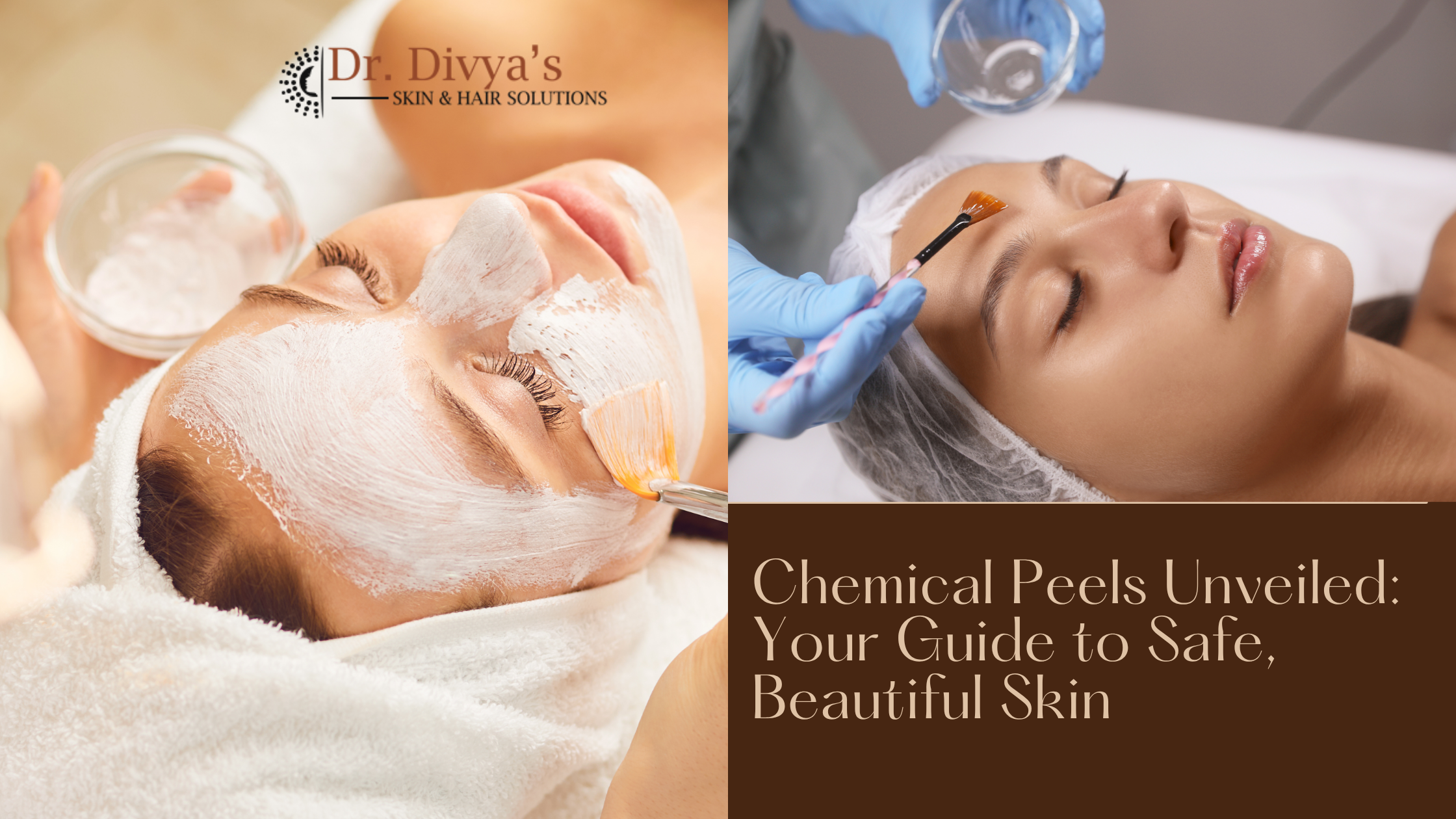Posted date on Oct 01, 2025
Vitiligo is a skin condition that causes loss of pigment, leading to white patches appearing on different parts of the body. While it can affect anyone, the impact on self-confidence and daily life can be significant. Fortunately, today’s dermatological advances offer multiple treatment options to help manage vitiligo, slow its progression, and even restore skin color in many cases.
Understanding Vitiligo
Vitiligo happens when the cells that produce melanin—melanocytes—are destroyed or stop functioning. The exact cause isn’t always clear but is often linked to autoimmune reactions, stress, genetics, or environmental factors. The goal of treatment is to stop the loss of pigment and encourage repigmentation where possible.
Common Treatment Options
Topical Medications: Doctors often prescribe corticosteroid creams or calcineurin inhibitors. These medicated creams can help calm the immune system and may stimulate color return, especially when used early in the disease.
Phototherapy (Light Therapy): One of the most effective treatments is narrowband UVB phototherapy, where skin is exposed to controlled ultraviolet light sessions. This slows vitiligo progression and stimulates melanocytes to regenerate pigment. Sometimes, it’s combined with topical treatments for better results.
Combination Treatments: Combining medications like corticosteroids with phototherapy can increase treatment success, particularly on the face and neck.
Depigmentation Therapy: For patients with extensive vitiligo, where repigmentation isn’t possible, removing the remaining pigment (depigmentation) on unaffected skin can create a uniform appearance. This is a permanent and more drastic option.
Surgical Options: For stable vitiligo not responding to other treatments, surgical techniques like skin grafts or melanocyte transplants can be considered. These require careful patient selection and experienced dermatologists.
Emerging Treatments and Research: Recent breakthroughs include new topical drugs like JAK inhibitors, antioxidants, and targeted laser therapies that show promise in managing vitiligo more effectively with fewer side effects.
What to Expect
Treatment takes time and patience. Results may vary based on disease severity, area affected, and individual response. Ongoing follow-up with a dermatologist is essential to adjust treatment and monitor progress.
Conclusion
While vitiligo can be challenging, modern medicine offers a range of treatments to slow progression and improve skin appearance. Early diagnosis and expert care can make all the difference in managing this condition.
Take the first step towards effective vitiligo treatment by consulting Dr. Divya Sharma at Dr. Divya’s Skin & Hair Solutions today.
Contact: +91 96206 38388 | info@drdivyasharma.com | www.drdivyasharma.com





